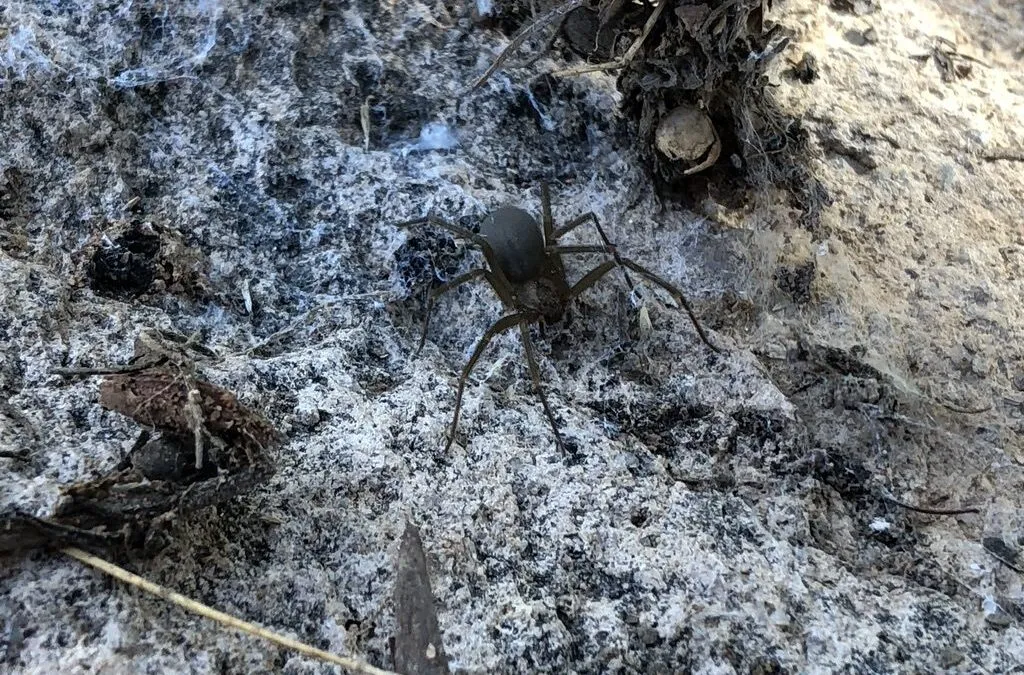Brown Recluse vs Tarantula Amazing Facts
The world of arachnids is fascinating and, for some, a little frightening. Among the most talked-about spiders are the Brown Recluse and the Tarantula. While both belong to the spider family, they differ significantly in appearance, habitat, venom, and behavior. This article will explore five amazing facts about these two spiders, helping you understand their differences and appreciate their unique characteristics. Whether you’re curious about spider identification, worried about potential bites, or simply fascinated by the natural world, this comparison will provide valuable insights.
Appearance Differences
Brown Recluse Appearance
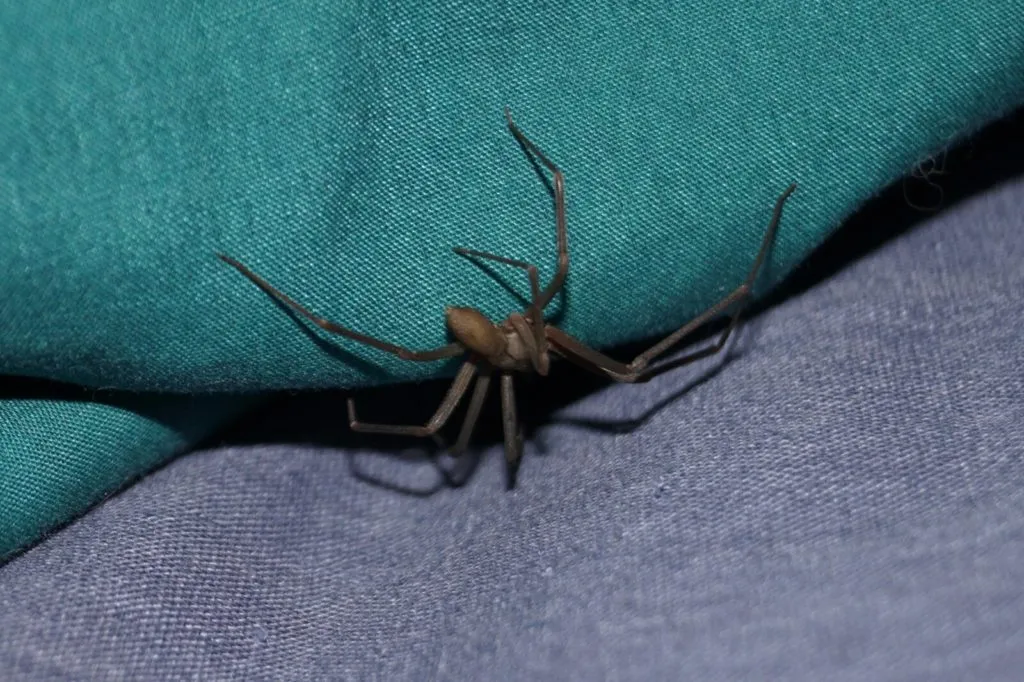
The Brown Recluse is known for its understated appearance, typically ranging from 1/4 to 1/2 inch in body length. They are usually light to medium brown, with a violin-shaped marking on their cephalothorax, the body section to which the legs attach. This marking, though not always clear, is a key identifier. Their legs are long and slender, and they have six eyes arranged in pairs, a distinct feature compared to many other spiders. Identifying a Brown Recluse requires careful observation, as their color can vary depending on their environment and age. Note that, the violin marking is one of the most accurate ways to identify them.
Tarantula Appearance
Tarantulas, on the other hand, present a much more imposing figure. They are significantly larger than the Brown Recluse, with some species having a leg span of up to 10 inches or more. Their bodies are covered in hair, which can be a range of colors, including brown, black, orange, and even blue, depending on the species. Tarantulas have eight eyes, like most spiders, but their eyesight is generally poor, relying more on vibrations and other senses. Their large size and hairy appearance make them easily distinguishable from the smaller, smoother Brown Recluse. The diverse colors and sizes of tarantulas are a significant factor in their identification.
Habitat and Location
Brown Recluse Habitat
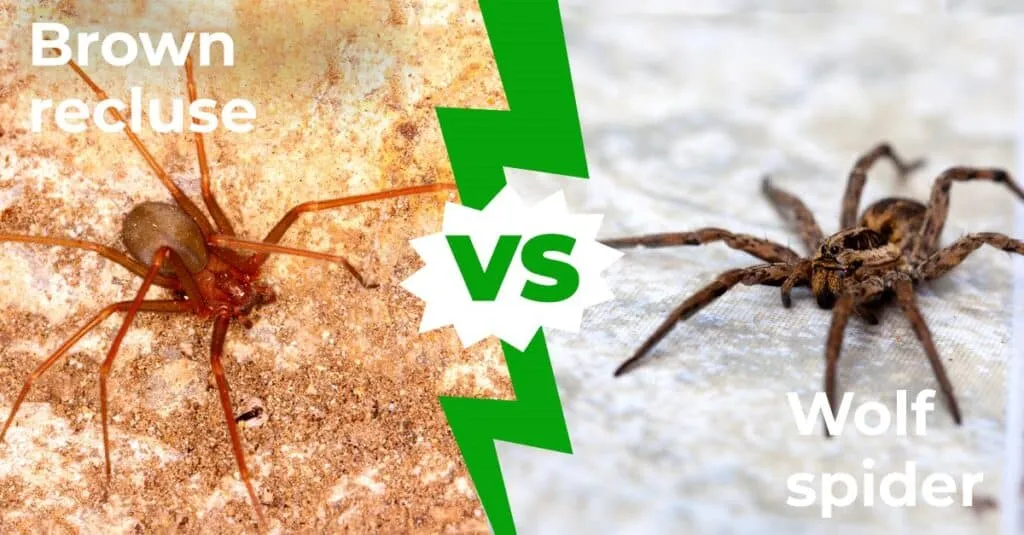
Brown Recluse spiders are primarily found in the central and southern United States. They prefer dry, sheltered environments like woodpiles, sheds, attics, basements, and cluttered areas where they can hide. They are nocturnal hunters and often build irregular webs in secluded spots. Their preference for these environments means that human interaction is relatively common, especially in older buildings and areas with infrequent maintenance. Because they are not aggressive, bites usually occur when the spider is disturbed or trapped, such as when putting on clothes that have been in storage.
Tarantula Habitat
Tarantulas have a much wider geographical distribution, found in various parts of the world, including North and South America, Asia, Africa, and Australia. Their habitats vary significantly depending on the species, ranging from deserts and grasslands to tropical forests. Some tarantulas live in burrows, while others build webs or utilize natural shelters. Unlike the Brown Recluse, tarantulas are often more visible, though they too can be secretive. Their habitat preferences are as diverse as their appearances, which shows how successfully they have adapted to various climates and conditions. Many tarantula species are popular pets.
Venom and Bite
Brown Recluse Venom
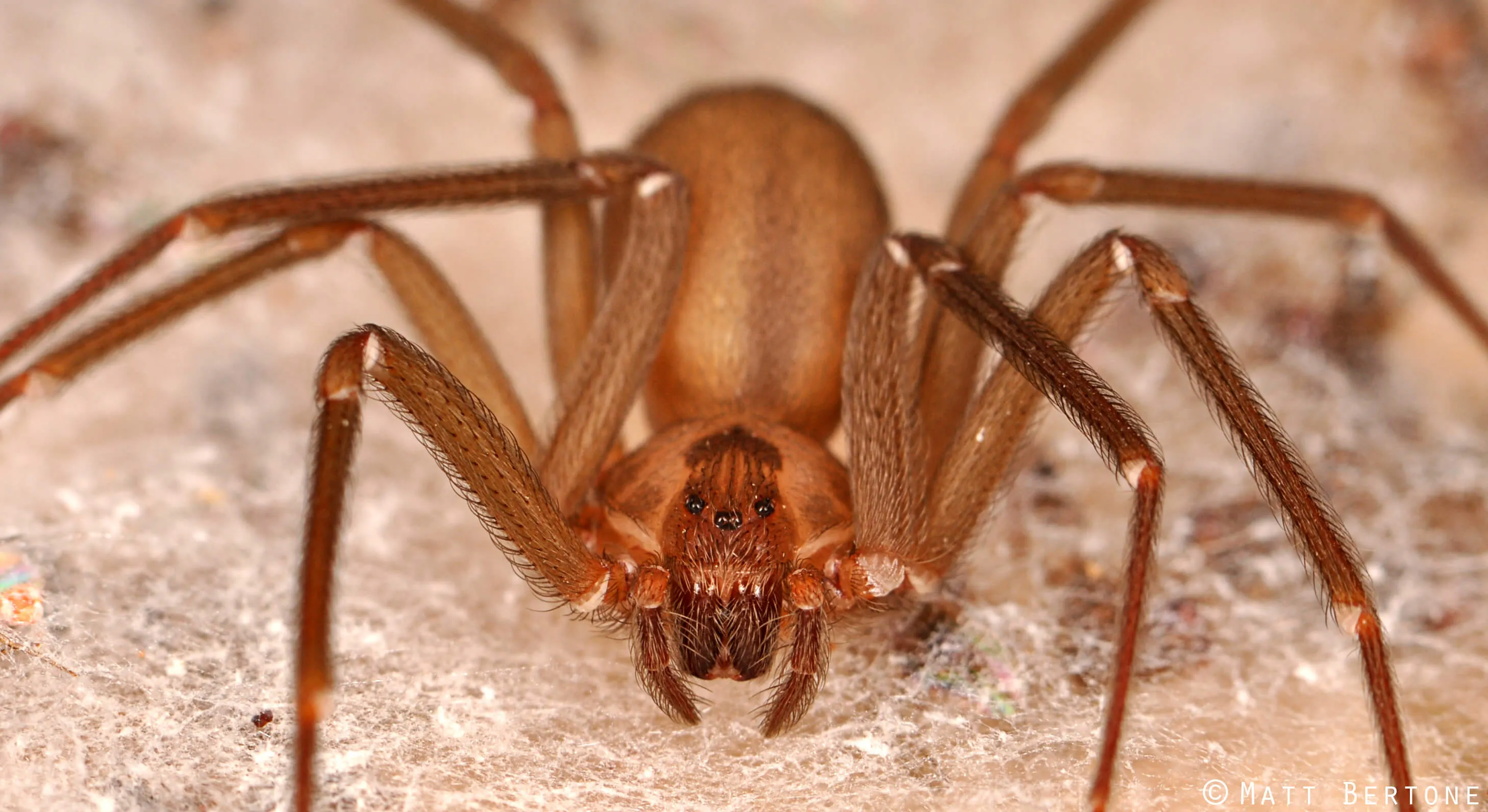
The Brown Recluse is notorious for its venom, which contains a cytotoxic agent that can cause tissue damage. A bite from a Brown Recluse can initially be painless, but within hours, symptoms such as pain, redness, and swelling may develop. Over time, the bite can result in a necrotic lesion, where the tissue around the bite site dies, leading to an open sore that can take weeks or months to heal. Medical attention is essential, although not all Brown Recluse bites lead to serious complications. Early treatment and proper wound care can minimize the severity of the effects.
Tarantula Venom
Tarantulas, while often feared, are generally not considered to have highly dangerous venom for humans. Their venom is typically less potent than that of the Brown Recluse. A tarantula bite can be painful, similar to a bee sting, and may cause local pain, redness, and swelling. However, serious complications are rare. Some tarantulas also have urticating hairs, which they can flick off their abdomen to defend themselves. These hairs can cause skin irritation and, in some cases, respiratory issues if inhaled. The primary defense mechanism of tarantulas involves these hairs rather than their venom.
Size and Behavior
Brown Recluse Behavior
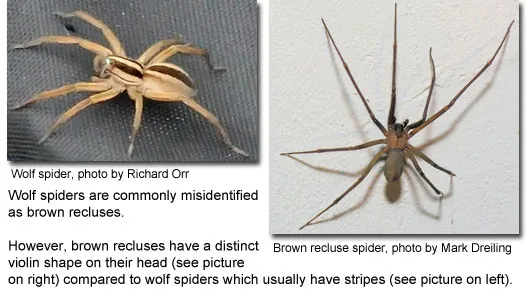
Brown Recluse spiders are shy and reclusive, true to their name. They are not aggressive and typically bite only when threatened, such as when they feel trapped against the skin. They are nocturnal hunters, primarily feeding on small insects. Their behavior is characterized by avoiding confrontation and seeking shelter. This makes them difficult to spot, but also reduces the likelihood of being bitten unless disturbed. Understanding their behavior can help in preventing encounters and reducing the risk of bites.
Tarantula Behavior
Tarantulas exhibit a wide range of behaviors depending on the species. Some are docile and can be handled, while others are more defensive. They are also nocturnal hunters, preying on insects, small vertebrates, and even other spiders. When threatened, tarantulas may rear up, display their fangs, and sometimes flick urticating hairs as a defense mechanism. Some species also have a defensive posture, raising their front legs. Their behavior is often predictable, with captive tarantulas exhibiting routines that can be observed by their owners. Tarantulas are fascinating to observe because of these diverse behaviors.
Conclusion
In conclusion, the Brown Recluse and the Tarantula, although both spiders, exhibit significant differences. From their appearance and habitats to their venom and behaviors, these spiders offer unique insights into the diversity of the arachnid world. The Brown Recluse, with its subtle appearance and potentially harmful venom, contrasts sharply with the larger, often more colorful tarantula. Understanding these differences can help with identification, safety, and appreciation of these creatures. By comparing the facts, you can better understand these amazing arachnids. This information can provide you with a greater respect for their place in the ecosystem.
